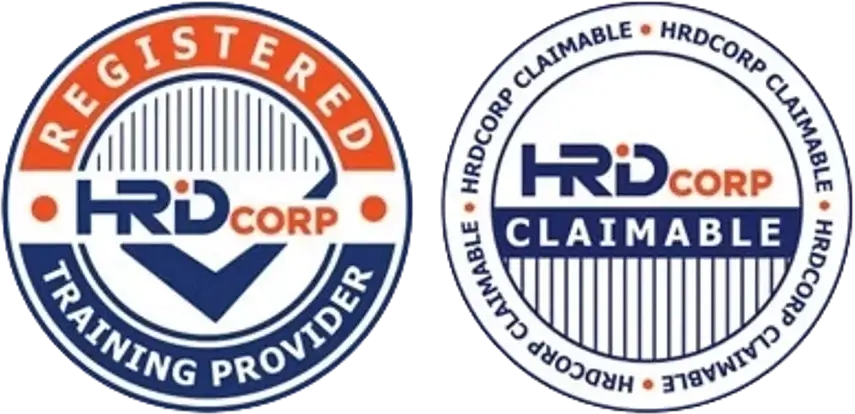How Do Environmental Controls Impact GMP Compliance?
In a GMP (Good Manufacturing Practice) environment, it’s not just what goes into your product that matters — it’s also the environment in which it’s made.
Environmental controls are essential for preventing contamination, ensuring consistent product quality, and maintaining compliance with food safety standards like ISO 22000, FSSC 22000, and HACCP.
Let’s explore the critical role environmental controls play in GMP compliance — and what areas food manufacturers need to focus on.
🌍 What Are Environmental Controls in GMP?
Environmental controls refer to the monitoring and management of the physical conditions in your facility that may impact food safety and product integrity.
They include:
-
Air quality
-
Temperature & humidity
-
Water quality
-
Cleanliness of surfaces and equipment
-
Pest control
-
Lighting & ventilation
✅ Why Environmental Controls Matter for GMP Compliance
-
Prevent microbial growth (bacteria, mold, etc.)
-
Reduce risk of cross-contamination and foreign matter inclusion
-
Maintain consistency in product safety and quality
-
Ensure readiness for audits and inspections
-
Comply with national regulations and international standards (GMP, HACCP, ISO/FSSC 22000)
🔍 Key Areas of Environmental Control in a GMP Facility
🌡️ 1. Temperature & Humidity Control
-
Maintain temperature according to:
-
Product requirements (e.g., raw vs. cooked zones)
-
Regulatory guidelines for storage and processing
-
-
Use data loggers or automated systems for continuous monitoring
-
Keep humidity levels low in dry goods areas to prevent mold
💨 2. Air Quality & Ventilation
-
Install HEPA filters in high-risk processing zones
-
Use positive air pressure to protect clean areas
-
Prevent air from flowing from dirty to clean zones
-
Regularly clean ducts, vents, and filters
🐜 3. Pest Control Measures
-
Place pest traps and bait stations strategically
-
Seal openings, doors, and windows
-
Log all pest sightings and take immediate corrective action
-
Use licensed pest control services for regular inspections
🚿 4. Surface & Equipment Cleanliness
-
Implement validated cleaning schedules for all surfaces
-
Use food-safe sanitizers and disinfectants
-
Conduct ATP swab testing or surface microbiological tests
-
Record cleaning times, chemicals used, and responsible personnel
💧 5. Water Quality Management
-
Test water for:
-
Microbiological safety (E. coli, coliforms)
-
Chemical safety (chlorine, pH levels)
-
-
Use potable water for direct food contact and cleaning
-
Maintain pipes and tanks to prevent biofilm buildup
💡 6. Lighting & Facility Maintenance
-
Ensure adequate lighting in inspection and processing areas
-
Use shatterproof covers on light fixtures
-
Conduct regular facility maintenance audits for:
-
Peeling paint
-
Rust or corrosion
-
Leaks and condensation
-
⚠️ Common Environmental Control Issues That Violate GMP
-
Mold in ceilings or walls due to poor ventilation
-
Condensation dripping into food areas
-
Rusted or unclean equipment used during production
-
Unmaintained pest control records
-
Inaccurate or missing environmental monitoring logs
🛠️ How to Strengthen Your Environmental Control System
-
Create an environmental monitoring program (EMP)
-
Conduct trend analysis of temperature, air, water, and microbiological data
-
Perform internal GMP audits regularly
-
Train staff on cleaning procedures and hazard recognition
-
Implement corrective and preventive action (CAPA) for any issues found
🧩 Final Thoughts
Environmental controls are not optional in a GMP environment — they’re a non-negotiable foundation of any effective food safety system. By keeping your production areas clean, controlled, and compliant, you protect your products, brand reputation, and consumer health.
Need help designing your Environmental Monitoring Program or preparing for a GMP audit?
CAYS Scientific assists Malaysian food manufacturers in aligning with ISO 22000, FSSC 22000, HACCP, and GMP certification requirements.




